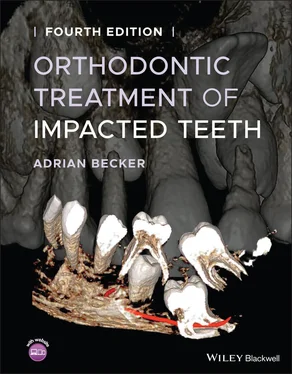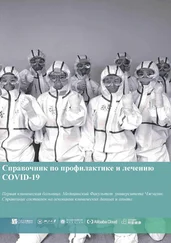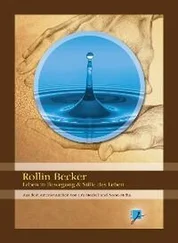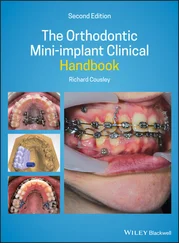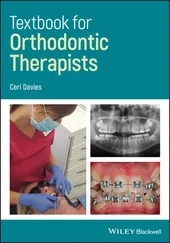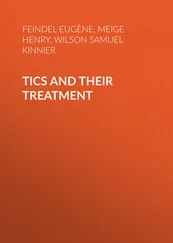Cantilevers are made either of beta‐titanium (TMA) wires, Connecticut New Archwires or nickel–titanium (NiTi) wires. When using NiTi wires, bends should ideally be made with a hammerhead plier, or the Sander Memory Maker, to maintain the desired cantilever shape. Using a range of different types of wire for cantilever construction allows the orthodontist to use light forces, which can easily and usefully be measured with a gauge, in combination with long ranges of activation.
Cantilever for extrusion of buccal displaced canines
The force system is acting on the canine and first molar (see Figure 3.1a–d). The cantilever will produce forces and moments in different planes of space. In the sagittal plane ( Figure 3.1c), note the stepped bypass created in the otherwise continuous archwire. The vertical plane is shown in Figure 3.1d. Forces and moments are shown 2 dimensional for simplicity’s sake. The plane of space they are acting in is indicated by their colour. A colour code convention table ( Table 3.1) is annexed.
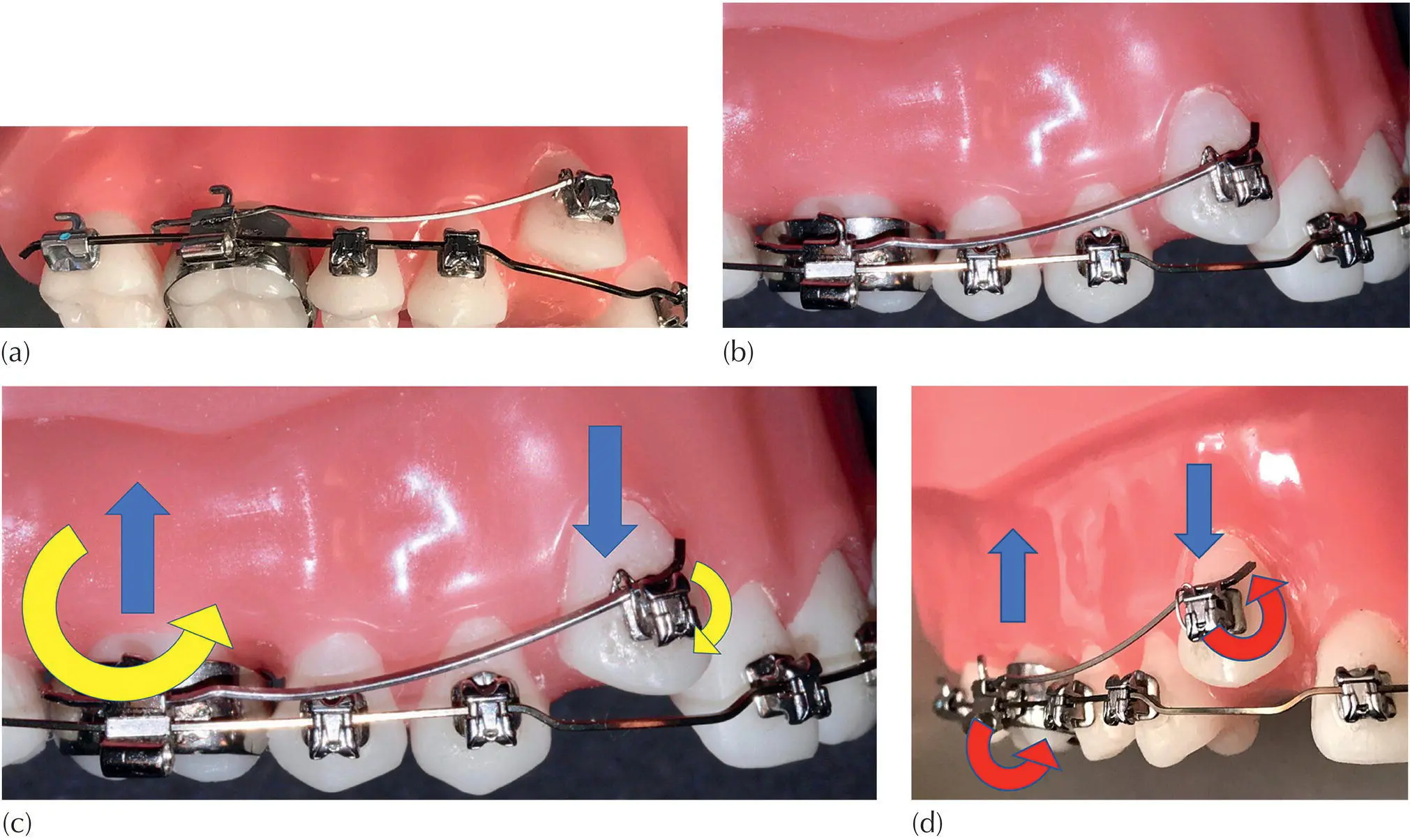
Fig. 3.1 (a) Buccal cantilever for extruding a canine. In practice, an eyelet is often to be preferred in the early stages of the canine eruption. (b) The whole arch comprising rectangular wire is used as an anchorage unit. Cantilevers are inserted in the utility tube and tied with a one‐point contact to the displaced tooth. (c) Activation of the spring by tying it to the impacted canine creates an extrusive force on the canine, an intrusive force and a tipping moment on the molar in a crown mesial root distal direction (sagittal plane). The moment in the auxiliary tube is equal to the product of the applied force and the distance between the centre of resistance (CR) of the molar and the point of force application on the canine. If the extrusive force does not pass through the CR of the canine, an additional but small moment will be generated on the canine in the sagittal plane. (d) Activation of the spring by tying it to the impacted canine creates a third‐order couple at the molar, an intrusive force at the molar and an extrusive force at the canine. If the point of force application at the canine is lingual to the CR of the molar, buccal root torque will be generated at the molar tube instead of lingual root torque.
Cantilever for extrusion and buccal movement of palatally displaced canines
The cantilever configuration is shown in Figure 3.2a–d. The force system is acting on the canine and first molar, and moments and forces are generated in the horizontal and sagittal planes.
In cases of palatally displaced canines, the force system for the extrusion of the canine is different regarding the third‐order displacement of the molar, because the applied force is acting palatal to the CR.
For buccally engaged cantilever systems in 0.018 in. strap‐ups, a transpalatal arch (TPA) would be preferred for stabilization of the buccal segments.
All buccal cantilever systems should be used with a bypassing but rigid base arch.
Composite TPA TMA cantilever
TMA cantilevers (0.018 in. TMA) can be welded to a TMA TPA (0.032 in. × 0.032 in. or 0.032 in. round) and used for erupting palatally displaced canines ( Figure 3.3a, b). Possible side effects resemble those created by buccally engaged cantilevers and should be countered with a stiff rectangular continuous bypass archwire.
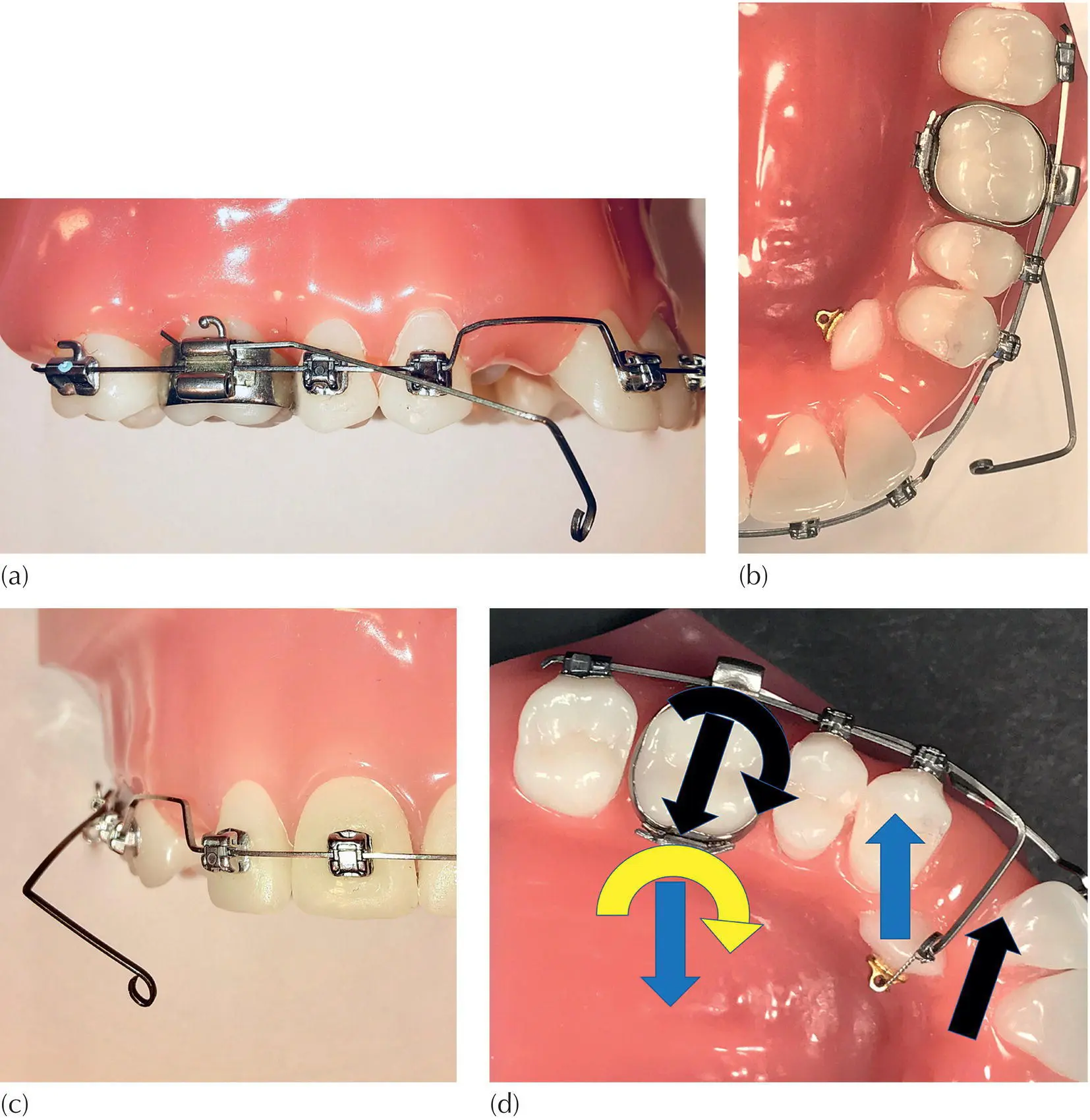
Fig. 3.2 (a) The passive cantilever, made of rectangular wire, extends from the molar auxiliary tube and crosses to the lingual through the space in the canine site. The anterior end is occlusal to the canine. N.B. A stepped bypass is introduced into the continuous main arch. (b, c) The base arch is stepped upwards to permit unobstructed extrusion and to allow the cantilever to cross to the lingual. (d) Activation of the cantilever creates two moments at the molar to rotate it mesio‐lingually and in a crown mesial and root distal direction (in the sagittal plane).
This is arguably the best method for extrusion and distalization of palatally impacted canines that can be accomplished.
Stainless steel TPA cantilever combination
A stainless steel 0.016 in. torsion spring can be welded to a stainless steel TPA ( Figure 3.3c–e). These cantilevers can easily produce force vectors, which may be difficult to generate by other means [2].
It is emphasized that the cantilever should not be ligated directly into a canine bracket, but tied to the eyelet/bracket/ligature wire on the canine to create a one‐point contact. A rigid continuous canine bypass archwire will minimize undesirable side effects by distributing them to a larger number of teeth. Nevertheless, a flattening of the posterior occlusal plane resulting from the forward tip moment on the first molar should be monitored at every appointment and adjusted as necessary.
When using light forces of the order of 25–35 cN, adverse effects should not occur.
Cantilevers used as uprighting springs
Ectopic lower second molars often need uprighting before they can be aligned. The magnitude of the moment necessary for a molar uprighting has been suggested – on an empirical basis – to be at least 1000 cN‐mm [2]. Depending on the cant of the occlusal plane, uprighting may be combined with an antero‐posterior or vertical displacement, i.e. intrusion or extrusion ( Figure 3.4a).
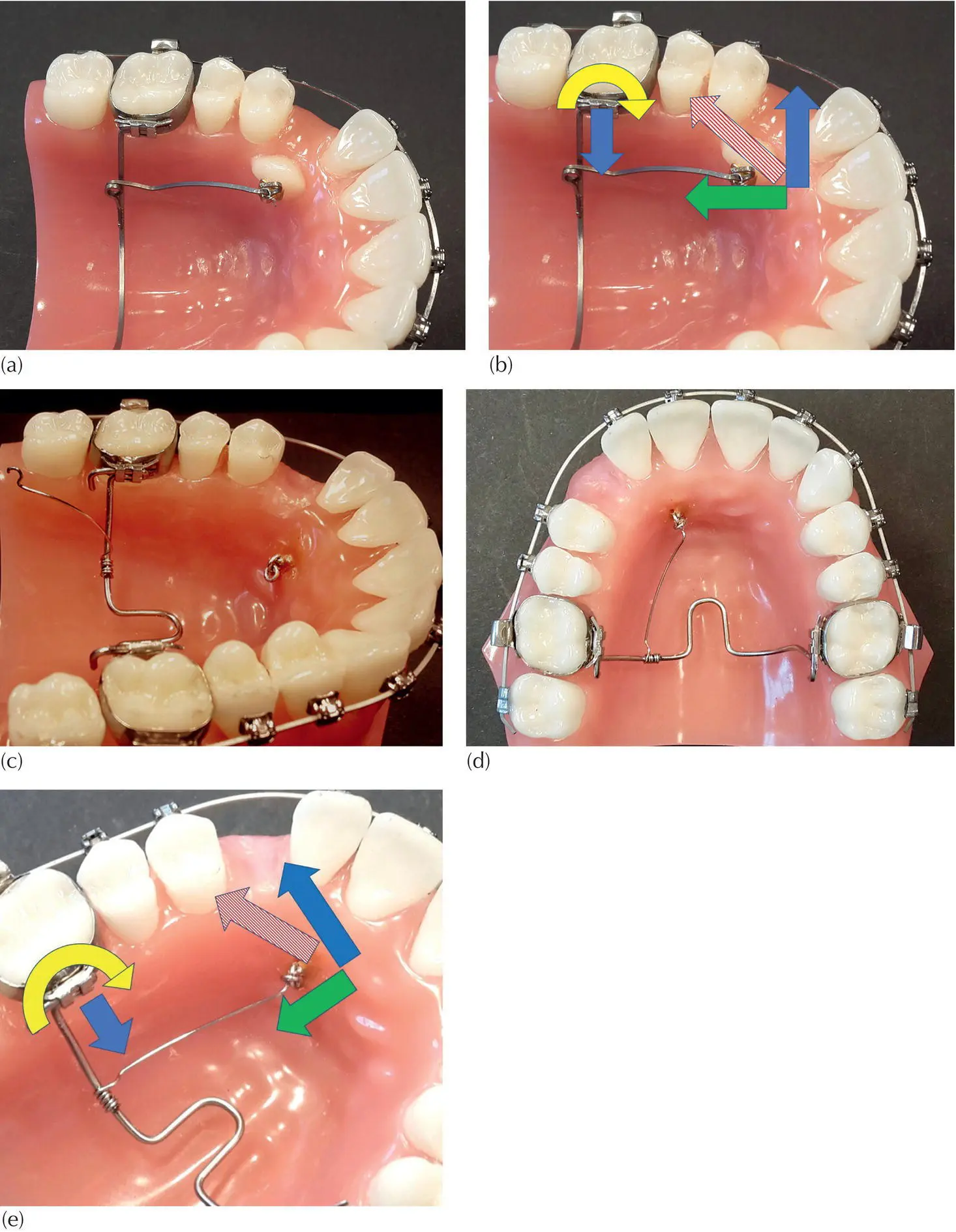
Fig. 3.3 (a) For illustration purposes only, a combination of the beta‐titanium (TMA) transpalatal arch (TPA) with a rectangular TMA cantilever has been used, which may generate excessive forces. The recommendation is to weld a 0.018 in. round TMA cantilever to the TMA TPA for clinical applications. The activated spring may be welded directly to the TPA, with or without including the 360° helix. (b) The canine will be extruded and moved posteriorly away from the roots of the incisors. (c) A 0.016 in. stainless steel torsion spring is here welded to a stainless steel TPA in its passive mode. (d, e) Using the same configuration with a 0.016 in. stainless steel spring and stainless steel TPA. The helical torsion spring should be welded halfway towards the midline and four or five loops wound clockwise (viewed from above) around the TPA close to the palatal mucosa. The number of loops is crucial for force reduction. The spring should be kept in the horizontal part of the TPA to ensure a linear vertical line of action. A stiff continuous base arch made of 0.017 in. × 0.025 in. or 0.019 in. × 0.025 in. stainless steel serves admirably as an anchorage.
For the adjustment of the appropriate cantilever length in the sagittal plane, the necessary case‐based combination of vertical movement and uprighting has to be determined. If a significant extrusion of the molar is needed, the cantilever should be short in order to produce a high force delivered to the molar tube/bracket. If little or no extrusion is desired, a low force should be combined with a large moment. In these cases the cantilever has to be as long as possible. The moment is calculated as the product of the length of the cantilever and the force, which can be measured by a digital push–pull force gauge or a Correx tension gauge: moment = force × distance or M = F × d.
Читать дальше
